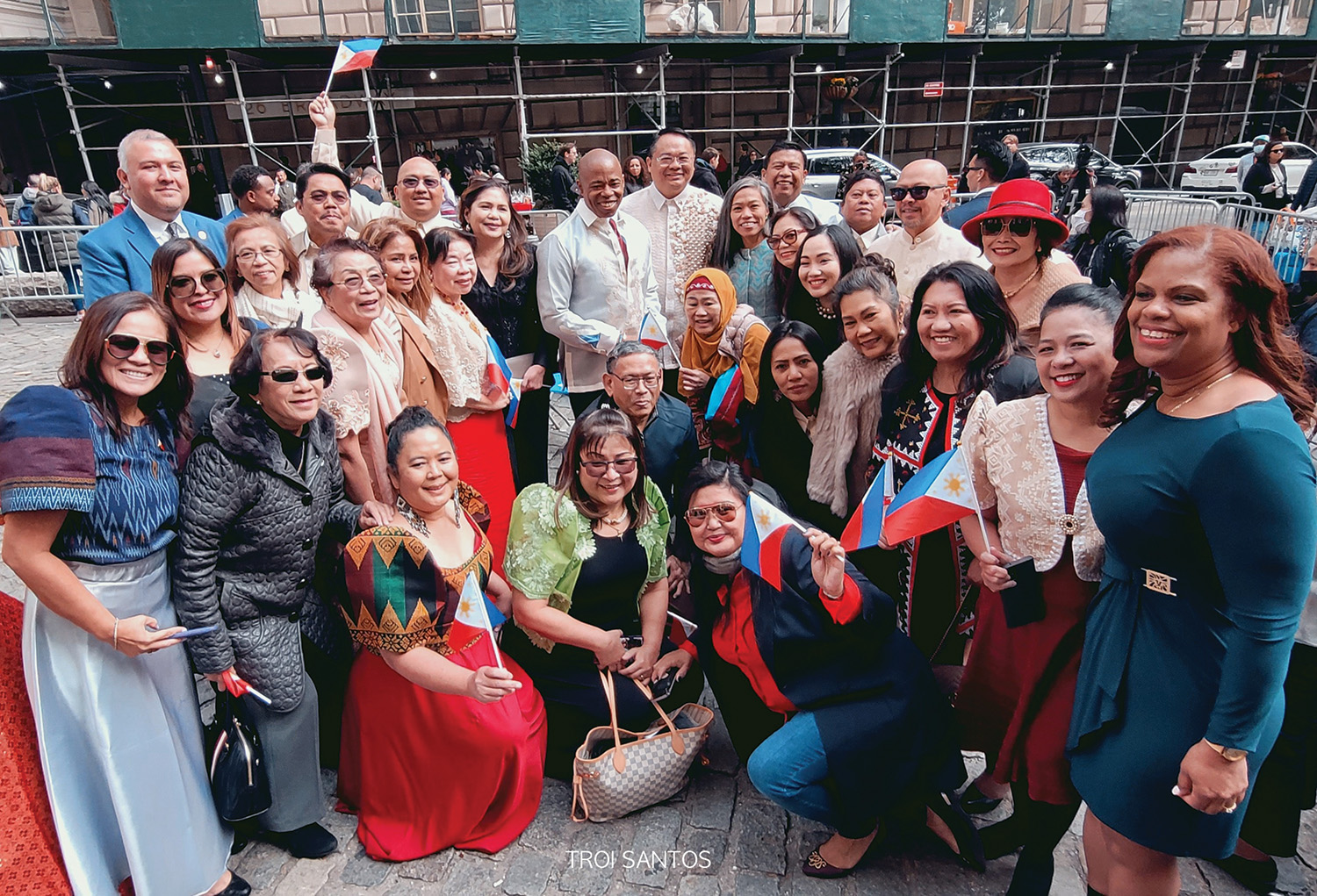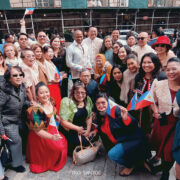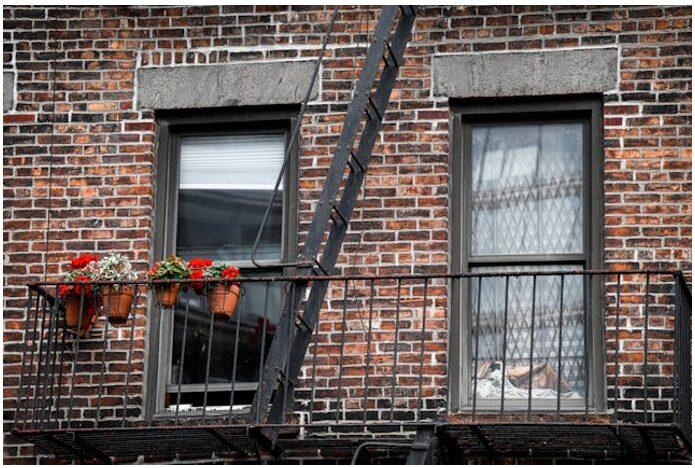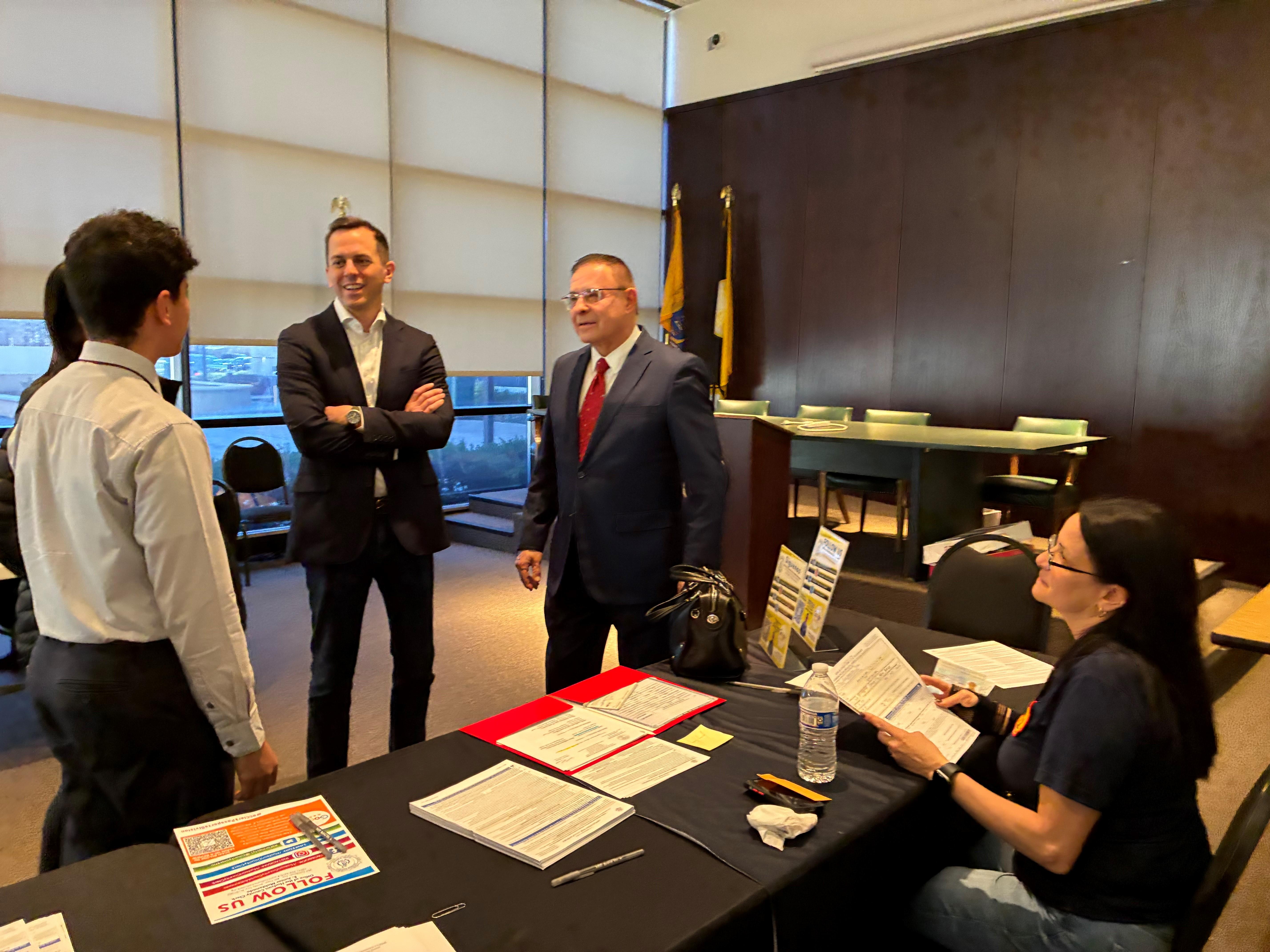
NEW York City Mayor Eric Adams on Friday, Oct. 28 joined Consul General Elmer G. Cato as they raised the Philippine flag for the first time ever at Bowling Green Park along with some leaders of the Filipino American community which celebrates Filipino American History Month every October.
“I will say this over and over again, people talk about the immigrant population in this country. The immigrant population, we need the immigrant population more than the immigrant population needs us,” Adams said. “For the first time, we’re going to raise the flag of the Philippine community to send a loud and clear message that we’re going to raise our spirits, we’re going to raise our energy, we’re going to raise the greatness of this city.”
Cato cited the shared history between the Philippines and the United States which started when the first Filipinos landed in Morro Bay along the coast of California more than 300 years before the Philippines became an American colony.
Filipinos first arrived here in New York City at the end of the Philippine-American War in the latter part of the 19th century. Most of them were students enrolled at Columbia University and New York University as well as other institutions. Others arrived later through Ellis Island and settled in the city. They were followed by Filipino veterans returning from wars in Europe and the Pacific.
The Philippines began its diplomatic presence in New York with the establishment of the Consulate General of the Republic of the Philippines in 1946. Today, Filipinos comprise the third-largest Asian American population in the United States with over 4.5 million and in New York City, Filipinos are the fourth-largest Asian ethnic group.
“This is not only an extraordinary testimony to the immigrant success story but also proof of the enduring friendship between Filipinos and Americans. This multifaceted relationship has only deepened and strengthened over the decades, especially here in New York City,” Consul General Cato said. “We have seen the important contribution to New York City of Filipinos, particularly our doctors, nurses, and other healthcare workers following the outbreak of the Coronavirus pandemic in the spring of 2020.”
The program also included a speech from Quimberly Villamer, a nurse who was among the thousands of frontliners as the city battled coronavirus.
“I stand before you today with pain because many of my colleagues will not be able to tell their stories themselves anymore,” Villamer said. “But I also stand before you today with gratitude. I’m immensely grateful for I was able to see the best of humanity in the worst of times.”
A nurse manager for an NYC hospital, Villamer shared heartbreaking stories about devoting five minutes of their schedules to sing to their patients and their families who were FaceTiming with them.
“Imagine a patient on a ventilator getting her dialysis clapping her hand with us. A patient FaceTiming his family and I see his family dancing from the screen. That was the time when we couldn’t get visitors in the hospital and a bunch of exhausted frontliners were dancing their pain away,” Villamer recalled.
When New York City became the epicenter of the pandemic, Filipino nurses and other medical professionals stayed true to their oath to take care of the sick and the dying, sometimes at expense of their very own lives.
“Today, we honor the 30 Filipino doctors and nurses we lost during the pandemic, as well as other fallen heroes of New York City as we hoist the flags of both the United States of America and the Republic of the Philippines. And we also honor the city that has welcomed, nurtured, and sheltered the Filipino American community through the years,” Consul General Cato said.
Deputy Mayor Maria Torres-Springer, the first Filipino American to be a deputy mayor in the City of New York, also delivered a short speech.
“I have always believed, and my Filipino parents believed, and I know generations of strivers and doers and survivors believe that New York City is the purest distillation of the promise of this country as a land of opportunity. And so that is what we celebrate here today,” Torres-Springer said.
Mayor Adams promised that this ceremony will be held annually from now on.
“We’re not going to use this as a one-time event. Every year, we will be here to commemorate this great body of people who represent the greatness of this city,” Adams said, citing the numbers of Filipinos in the city and asking the community to harness this political power “to make sure that your voices are never ignored.”
“Bowling Green’s rich history dates back to the very founding of New York City in the 1600s,” said Arthur Piccolo, president of the Bowling Green Association. “Like so many others, immigrants came to what is now Bowling Green Park in search of a better life.
Among the city officials who joined the flag-raising ceremony were Edward Mermelstein, Commissioner of International Affairs, and Manuel Castro, Commissioner of the Mayor’s Office of Immigration Affairs. n






